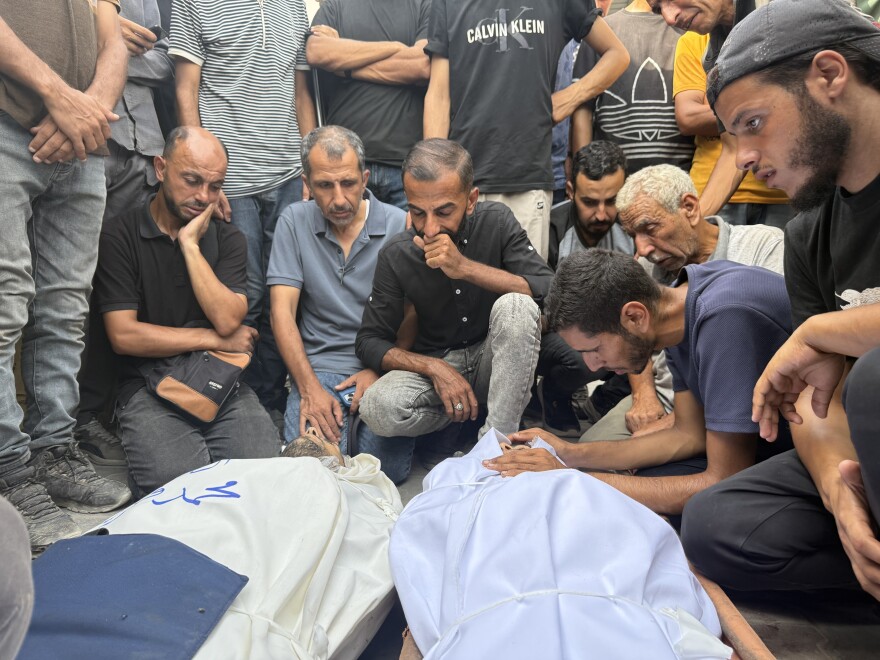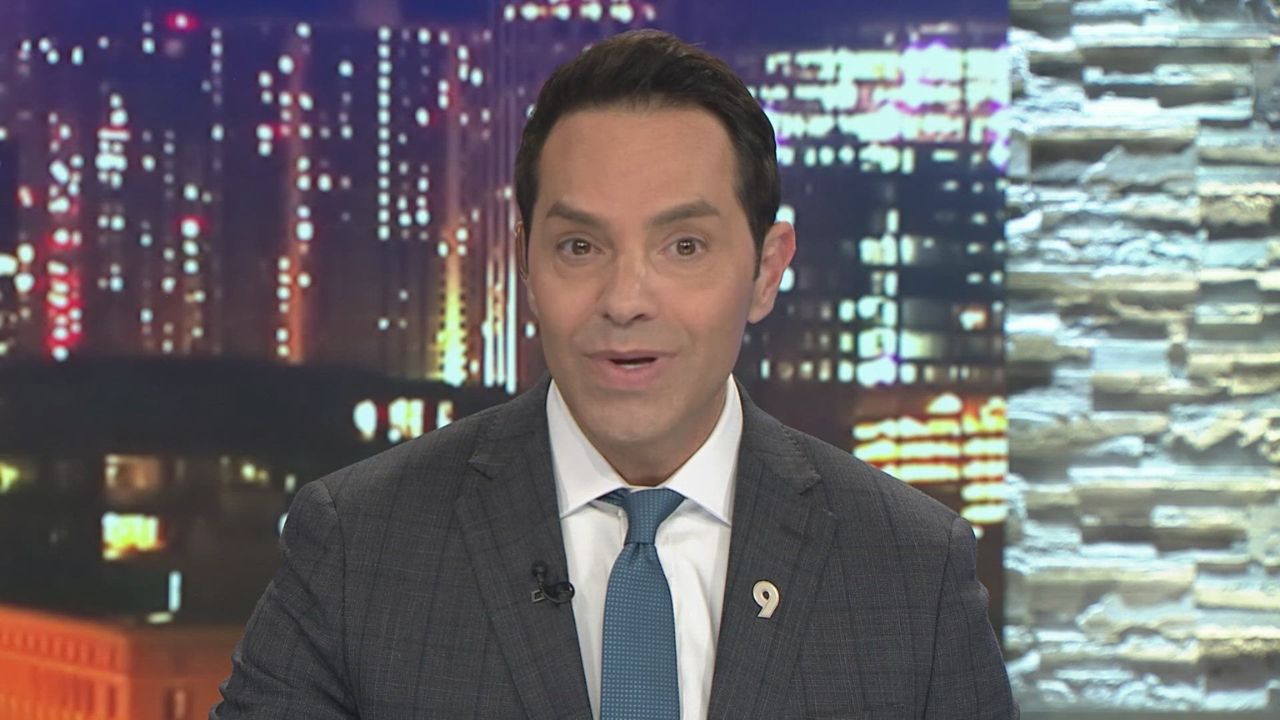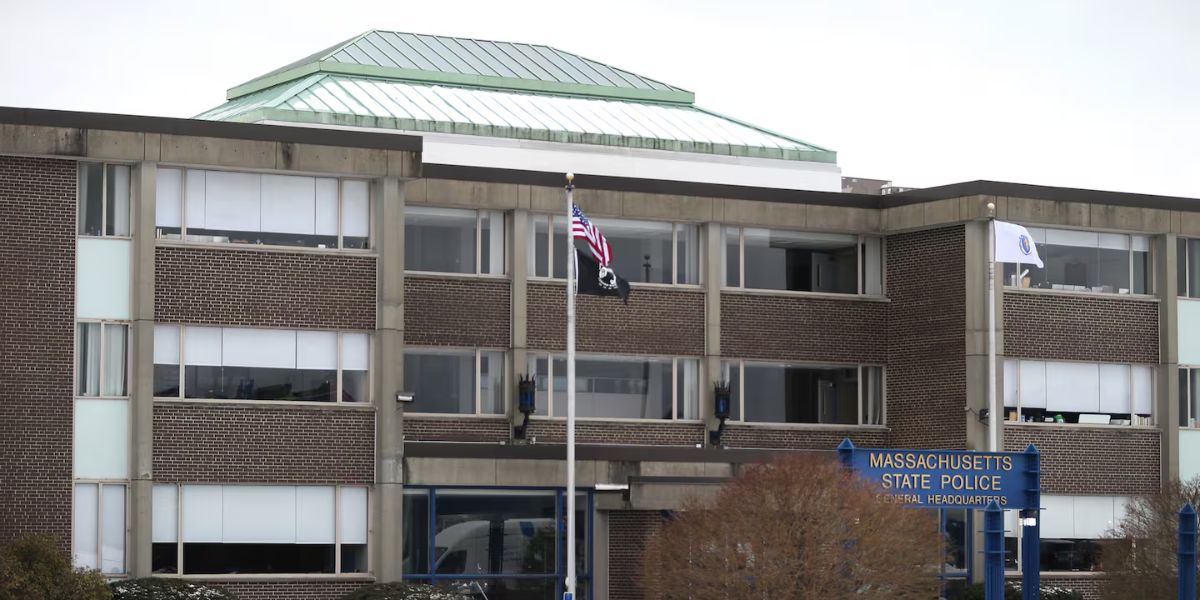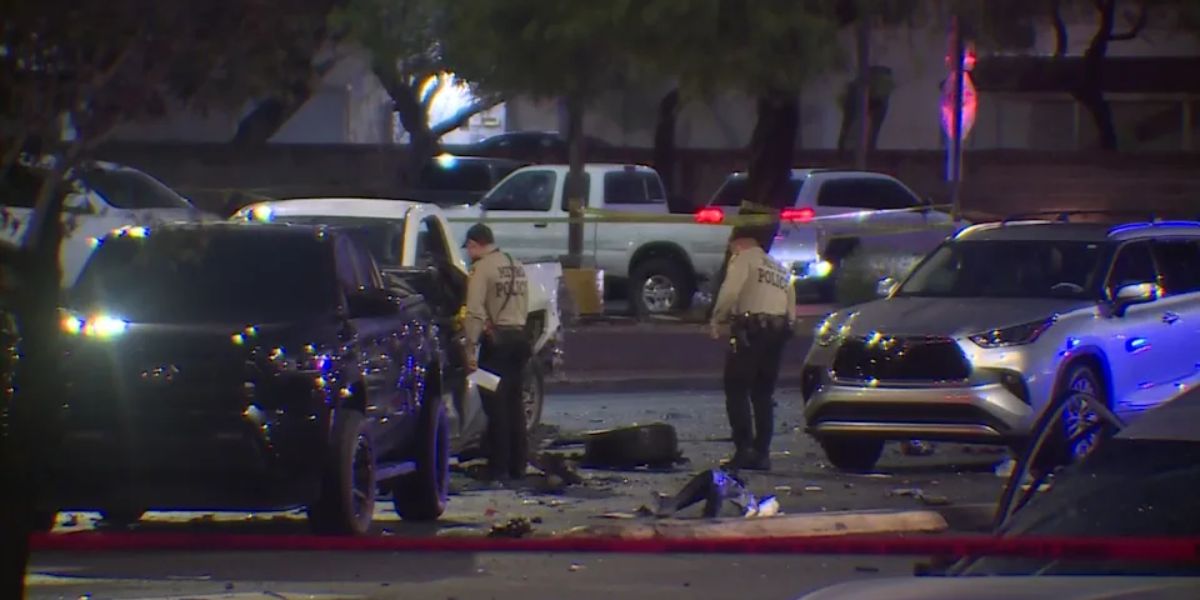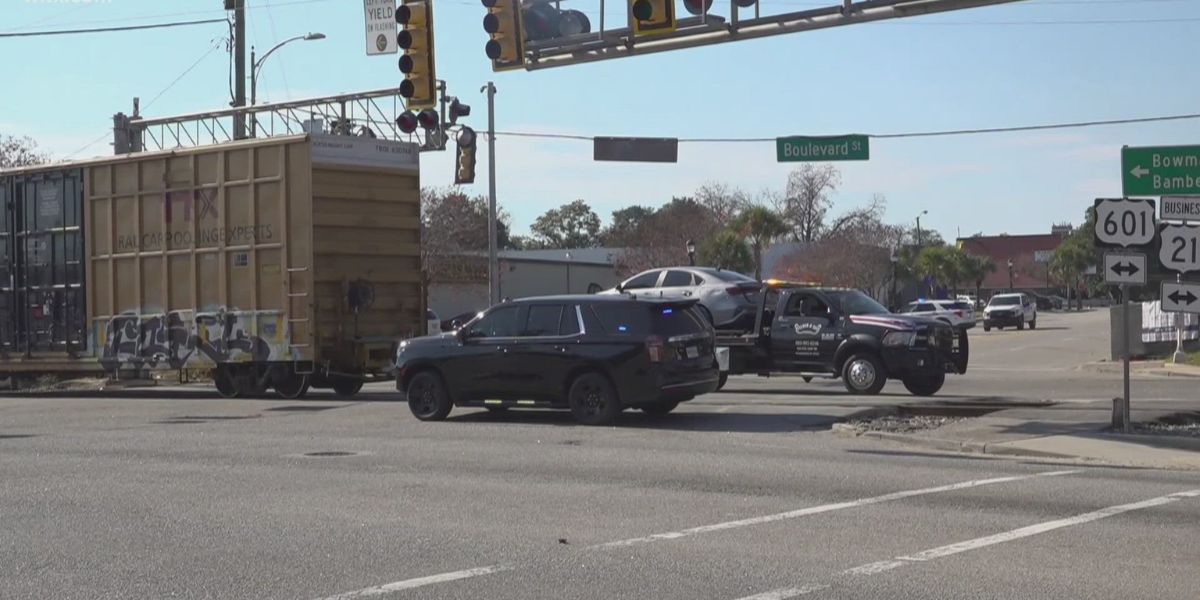Gaza Strip’s GAZA CITYOn Sunday night, journalists in Gaza City shouted out in shock as they entered a press tent that had been struck by an Israeli airstrike that targeted Anas al-Sharif, the most well-known and respected journalist in the area.
Anas al-Sharif, Mohammed Qraiqea, Ibrahim al-Thaher, Mohamed Nofal, and freelancer Mohammed al-Khaldi were among the six Palestinian journalists killed in that incident, five of them were working for Al Jazeera.
Even as Israel’s Arabic military spokesman released what he claimed was evidence that the correspondent was a Hamas cell commander, an accusation initially made last year, organizations that defend journalists strongly denounced the attack on the journalists, and al-Sharif in particular.
Israel made accusations against al-Sharif prior to his murder, which the Committee to Protect Journalists referred to as “unsubstantiated.”Immediately following the assault, the group accused Israel of “murdering the messengers.”
The immediate aftermath of the attack is captured on camera on a journalist’s phone, showing the dead and bloodied body of 28-year-old al-Sharif resting on the ground with the disfigured remains of his coworkers. He had been donning a blue press vest, which is worn by reporters in conflict areas.
The vest was always worn by Al-Sharif. Ten months ago, Israel accused him and six other Al Jazeera journalists of having connections to extremist organizations, making him a target.
Journalist Hossam Shabbator was among those on that list who were later slain and gravely injured.
Despite orders to relocate, intense airstrikes, and ground offensives, al-Sharif, a father of two little children, never faltered and never left the northern part of the region.
His youthful appearance and well-groomed hair concealed the unadulterated intensity of his live broadcasts in northern Gaza’s confined areas, under Israeli fighter jet bombing, among the tents of displaced families soaked by rain, and in hospitals and school shelters that had been devastated.
As a result of his reporting, he received a great deal of praise in Gaza and amassed a global following of at least 2 million on Instagram and X.
Al Jazeera questioned why al-Sharif and his associates were attacked at a time when Israel is preparing a full-scale invasion of Gaza City in an attempt to seize and occupy it.
In a statement, the Al Jazeera Media Network said, “The order to assassinate Anas al-Sharif, one of Gaza’s bravest journalists, and his colleagues, is a desperate attempt to silence the voices exposing the impending seizure and occupation of Gaza.”
The Israeli military confirmed that al-Sharif was killed in an airstrike while posing as a journalist. Digital images of documents released by the military claim that al-Sharif was a “terrorist within the ranks of Hamas.”
Ten months after Israel originally made accusations against al-Sharif, the military refused to respond to NPR’s inquiries about why he was slain. Additionally, it did not respond to a query about what additional evidence the military possesses outside of the lists it posted online.
Following Israel’s initial accusations against al-Sharif and other Al Jazeera journalists last October, CPJ’s chief executive, Jodie Ginsberg, told NPR, “This is part of a pattern that we’ve seen from Israel in which Israel alleges that journalists are terrorists and then fails to produce any real credible evidence.”
She claims that one tactic used by authoritarian regimes to raise questions about reporting is to discredit local journalists.
Al-Sharif’s final broadcast, which aired just hours before he was slain, featured pictures of hungry children in Gaza who were suffering because of Israeli humanitarian restrictions. The Israeli administration disputes that Gaza is starving.
The father of two recently broke down on camera in response to these scenes, but Israel’s Arabic military spokesman later published his own video, accusing him of feigning agony and spreading Hamas propaganda.
Over the course of the 22-month conflict, the CPJ has documented around 190 deadly attacks on journalists in Gaza. According to Reporters Without Borders, the CPJ, and others, Israeli attacks in Gaza have killed more journalists in a single year of fighting than in any previous conflict in history.
Early in the battle, an airstrike on the family’s home claimed the life of Al-Sharif’s own father.
But he learned to expect death. He claims in a prewritten statement released following his murder that despite his agony, he never once thought twice about speaking the truth.
Reporting from Atlanta was Aya Batrawy.
Copyright 2025 NPR
